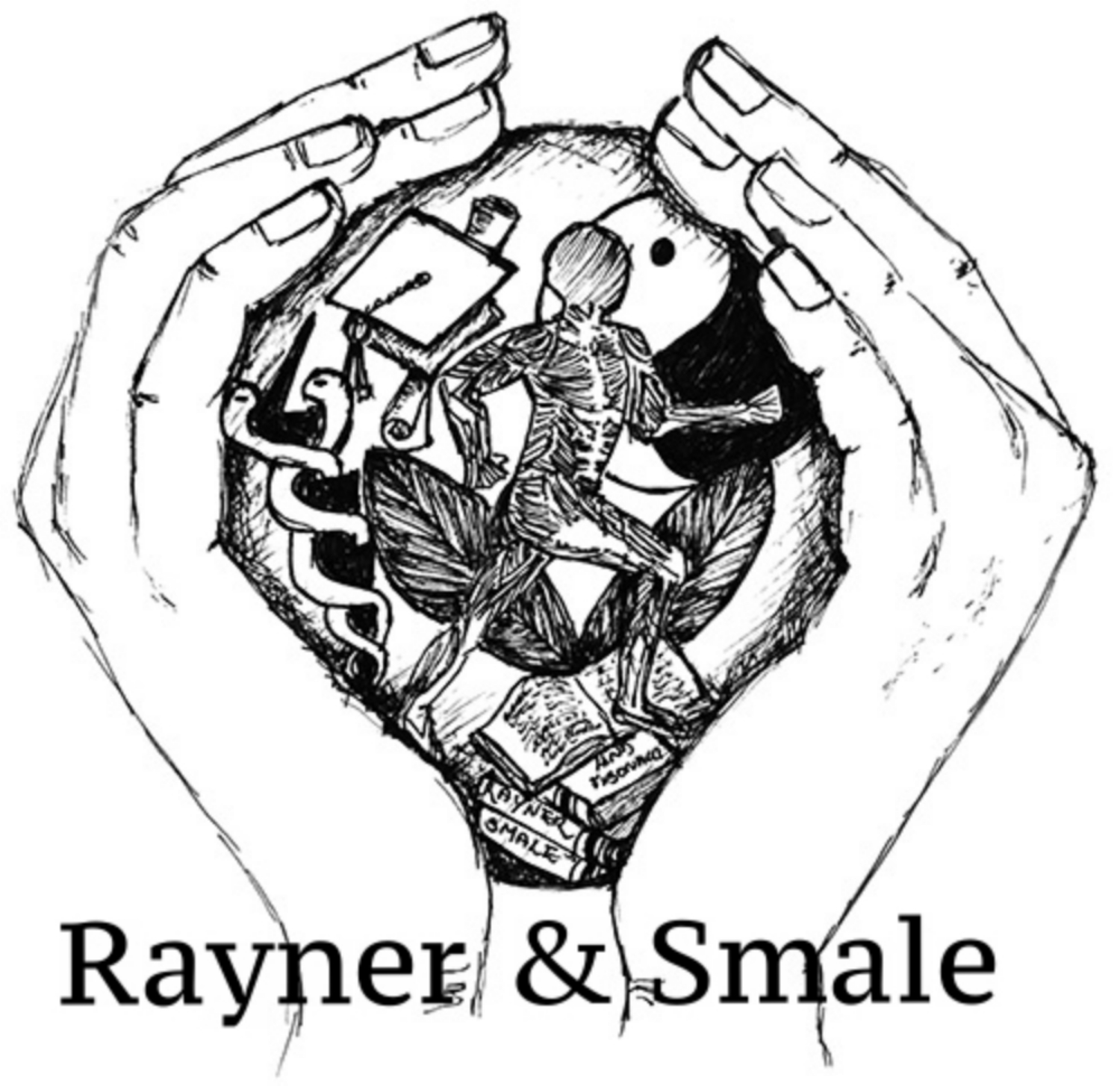Flexion relaxation response & low back pain
The flexion relaxation response is a phenomenon where the lumbar erector spinae muscles become silent at the end of lumbar flexion, and is an important part of being able to achieve full range. This blog explores the FRR and offers simple and easy treatment strategies for patients with low back pain.
Read More